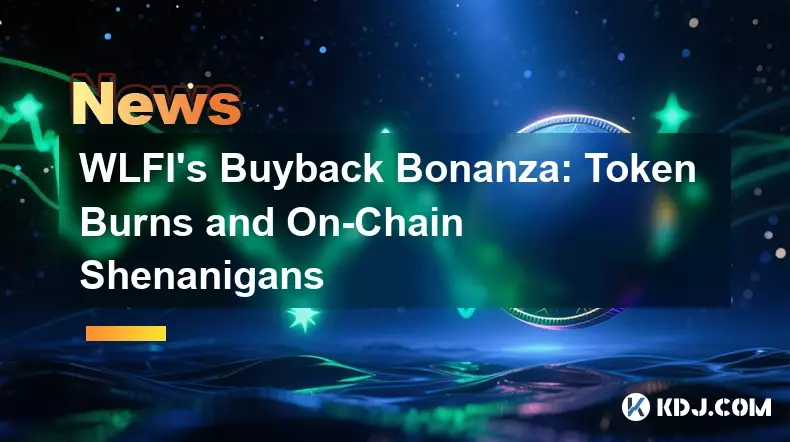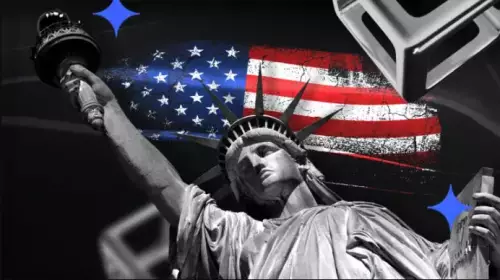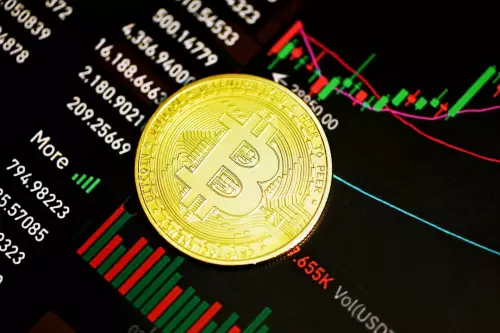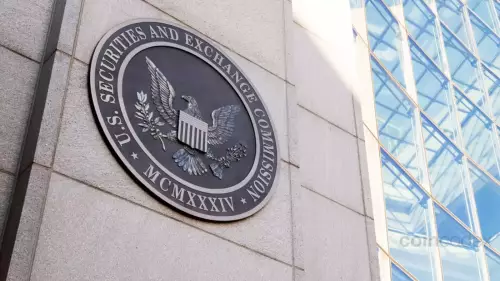WLFI's been burning tokens and buying 'em back. Let's dive into the on-chain records and see what's shakin'.

WLFI's been making moves with token buybacks and burns, all tracked on the blockchain. Is it enough to pump the price? Let's find out.
The Great WLFI Token Tango: Buybacks, Burns, and Blockchain Breadcrumbs
World Liberty Financial (WLFI), a project linked to Donald Trump, has faced some turbulence lately, with its token price taking a nosedive. To combat this, WLFI launched a buyback and burn program, aiming to restore investor confidence. But what exactly is going on behind the scenes?
On-Chain Sleuthing: What the Data Says
Lookonchain's post revealed that WLFI spent $1.06 million to buy back 6.04 million WLFI tokens. Simultaneously, 7.89 million WLFI tokens (worth about $1.43 million) were sent to burn addresses on Binance Smart Chain and Ethereum. The on-chain records show that these buybacks were funded by fees collected on Solana, BSC, and Ethereum. Basically, they're using their own earnings to scoop up tokens and then set 'em on fire. A bold strategy, Cotton, let's see if it pays off.
The Tokenomics Breakdown: Supply and Demand, Baby!
With a max supply of 100 billion tokens and about 27 billion in circulation, the 7.89 million token burn nixed about 0.029% of the circulating supply. While it might not seem like much, it's part of a broader strategy to gradually reduce supply and create scarcity. Think of it as a slow-burn approach to tokenomics. Previous burns, like the 47 million WLFI incinerated on September 2nd, add to this cumulative effect.
Market Volatility: A Wild Ride
WLFI's 24-hour trading volume hovered around $452.2 million, with a hefty 25.7% daily price swing. The WLFI/USDT pair on Binance saw about $93.15 million in volume. The price bounced from a high of $0.33 at launch to around $0.114 during the buyback, indicating some serious volatility and high-frequency trading action. It's a rollercoaster out there, folks!
Community Chatter: Are Burns Enough?
The WLFI community voted almost unanimously (99.8%!) to allocate 100% of Treasury Liquidity Fees toward Buyback & Burn. This decision is a big step toward strengthening tokenomics and rewarding long-term holders. But some community members aren't entirely convinced. One user argued that fee-based burns are too small to move the price significantly, calling for larger supply cuts. Another suggested a buyback-and-burn option for presale tokens to reduce sell pressure. The community's engaged, and they're not afraid to speak their minds.
My Two Satoshis: A Glimmer of Hope or Fool's Gold?
WLFI's buyback and burn program is a solid attempt to stabilize the token and reward loyal investors. The on-chain transparency is a plus, showing that the team is serious about accountability. However, the effectiveness of this strategy hinges on sustained trading volume and fee generation. Will it be enough to restore confidence after the recent price drop? Only time will tell. But hey, at least they're trying something!
Final Thoughts: Burning Questions
So, WLFI's playing with fire—literally burning tokens to boost value. Will it work? Maybe. Will it be enough? Perhaps not. But one thing's for sure: the on-chain records are there for everyone to see. Now, if you'll excuse me, I'm off to find a crypto project that involves actual flames. Now that's entertainment!














































































